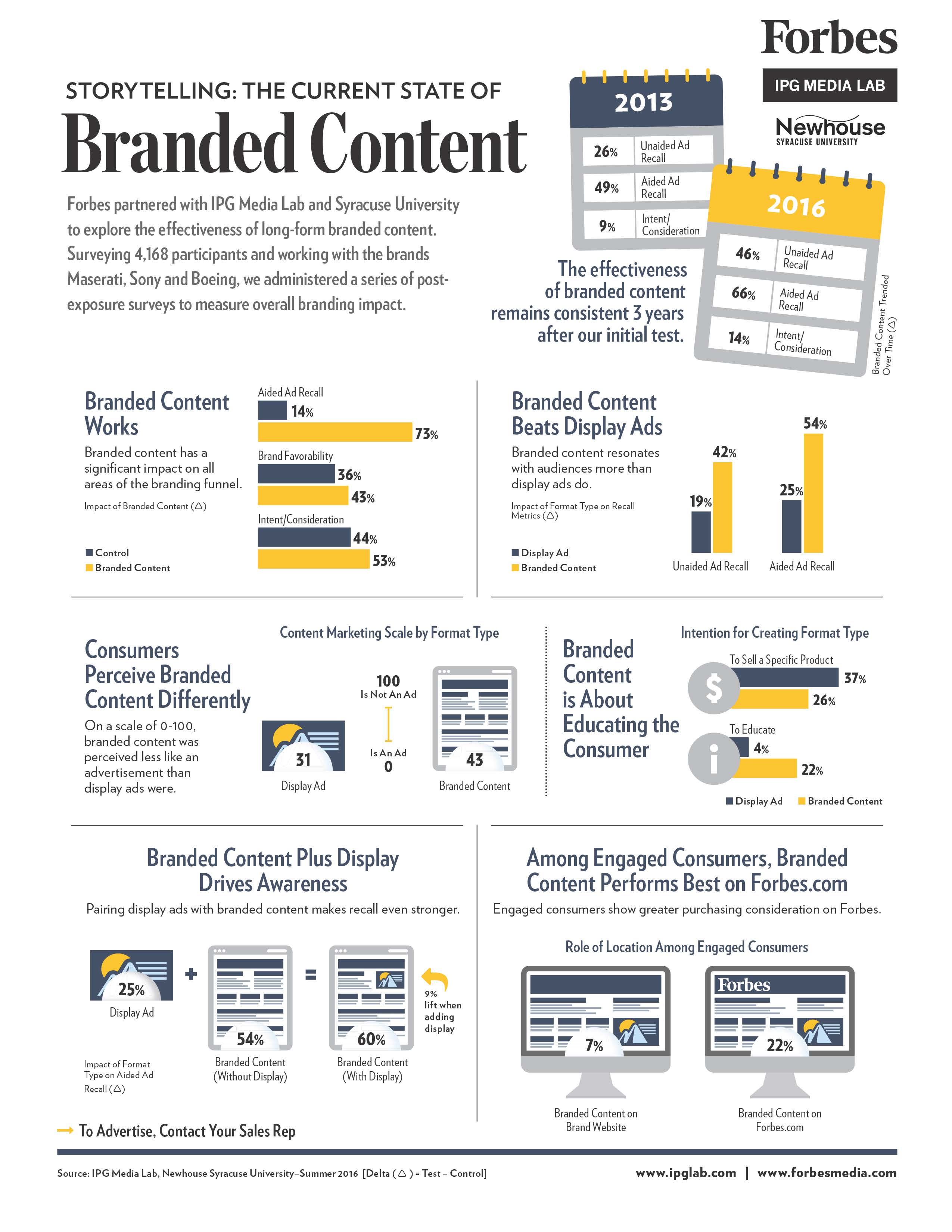
Google Ads have been a popular tool for startups. However, do you know how they can be used effectively? These are just a few tips: Budgeting and Cost-per-click bid. Conversion rate. Retargeting. This article offers a crash course for startup Google Ads. Learn how to create, maintain and use conversion tracking to increase your results.
Budgeting
There are many benefits to budgeting Google Ads for startups. It is cheaper than SEO and other forms of marketing. SEO is an effective way to establish a strong web presence. Google Ads can be setup to make your company appear immediately in the SERP. Moreover, Google Ads offers flexible pricing. You only pay for people clicking your ad. This allows you to set a budget that fits your overall marketing budget.
Before budgeting Google Ads in startups, it's important to understand the total cost. The goal of your ROI, or return-on-investment, should be to maximize it. You can calculate the lifetime value and cost per acquisition to make sure you aren't spending too much. Spend about a third on Google AdWords. Spending more than this can make you appear to be printing money, and not increasing your sales.
Cost-perclick bid

Startups should be aware of their costs in order make the most of their marketing budget. Google ads are usually priced between two and five dollars per view. Although, Google offers more lucrative bids, you still need to consider the cost of advertising for your business before you start promoting it on the website. The cost-per-click bid of a startup for Google ads is likely to be higher than that of its competitors. The cost-per-click bid can also vary depending on the keyword that you are targeting.
Google Ads is a great method to generate qualified leads. It is affordable and allows you to test the effectiveness of your ad copy for your startup. It is free to test your campaigns regularly, which is vital for startups. Google Ads also allows you to target people who are actively searching for your product. Instead of trying attract them with an appealing ad you will be targeting people who already have expressed interest in your product.
Conversion rate
There are many methods to improve Google Ads conversion rates, but one of the most efficient is to test and analyse your ad copy. Continuously testing different copy is the best way to increase your conversion rates. This will allow you to choose which copy best serves your target audience. You may also notice a difference in the results depending on where your ads are placed. Test different landing pages at different locations if your ads are online.
First, look at the industry. Among the top performing industries, finance and e-commerce have the lowest conversion rates. You can still make more money if your industry has a high conversion rate than startups in other industries. Good news: The average conversion rate for ecommerce is 2.9%. Similar to the previous point, conversion rates may be higher for younger customers than those who are targeting older customers.
Retargeting

Retargeting is a powerful way to reach customers, even if they have not bought anything. Google uses a pixel-based system that notifies Google when someone visits your website, and then re-displays ads on their screens when they search for similar terms. Retargeting ads are highly effective for small businesses and work automatically. There are two types of retargeting ads on Google. Each one employs a different strategy to increase customer acquisition.
Retargeting marketing started in eCommerce and can be applied to all industries. This concept is new to startups but is highly effective in getting more out of your current initiatives, and breaking into new markets. There are many uses for retargeting in the world of startups. Here are a few examples:
FAQ
How does content marketing work?
Content marketing works when you create value-added, engaging content.
Your audience will be more likely to trust you if you offer useful information, solve their problems, entertain them, or build relationships. Positive messages from brands you trust are very popular.
People love reading about things they are interested in. When you create something that interests them, your readers will return for more.
Your content should inspire people to act - whether they are buying your product, signing on for your newsletter, visiting you website, or sharing your article via Social Media.
Writing compelling copy that engages and informs your target audience is key to content marketing success.
What's the role of a content strategist in marketing?
Content strategists will help you understand the needs of search engines and what they are looking for. They make sure your website is optimized for search engines to help you rank high. They also create content that can be shared on social media sites such as Facebook and Twitter. They also write copy and ads for websites, blogs and advertisements.
A content strategist works closely alongside a marketing department and helps to plan a cohesive strategy for the company's web presence. Content strategists can work independently, but they usually collaborate with the rest of the team to ensure that each piece of content serves its purpose.
Are you a content marketer?
Absolutely! It works for all types of businesses. No matter whether you sell products, provide support or offer training, creating content can help customers get to know your company better and keep them in touch.
How can I measure success when using content marketing?
There are many ways that you can measure your content marketing effectiveness. One option is to track the number of visitors to your website; another is to see how many new leads you generate.
How long should my Content Marketing be effective?
It depends on your goals. Different businesses have different goals. Some are focused on short-term results while others seek long-term growth. We recommend that you begin with three months worth of consistent content creation, and then review your work after that time.
Statistics
- According to research compiled by Coschedule: Companies that publish 16+ blog posts a month get as much as 3.5x as much traffic as those that publish 0-4 posts a month. (criteo.com)
- Companies that use content marketing see approximately 30% higher growth rates than businesses not using it. (mailchimp.com)
- An example of an overarching goal could be: "In 2022, we want to achieve a 20% increase in revenue created by organic content and generate 15,000 MQLs with a budget of $30,000." (semrush.com)
- According to the Content Marketing Institute, 70% of B2B marketers and 86% of B2C marketers surveyed use content marketing in some form or other. (criteo.com)
- According to our research, brand awareness, attracting traffic, and generating leads remain the key content marketing goals in 2022. (semrush.com)
- Measure your goals with a progress indicator of 0-100%. Make your goals collaborative and transparent (semrush.com)
- Out of the 1,500 marketers we surveyed for our State of Content Marketing report, 78% who felt their content marketing strategy was exceptionally effective in 2021 had documented their strategy. (semrush.com)
- In fact, would pay more for a better customer experience, and 86% of B2B buyers would pay more. (neilpatel.com)
External Links
How To
What are the best content marketing platforms?
No platform works well across every industry, but most industries have at least one tool they prefer to use. Hubspot is a popular tool among marketers because it has been proven to increase conversions by 50%.
But not all tools are created equal. Some tools offer better analytics tracking while others make it easier to collaborate between teams. Others offer A/B testing features that can help improve your content marketing ROI.
Before you decide on a platform, think about the following: What are their pros and cons? It will meet my current needs? And what about after 2 years?
Entrepreneur Magazine has identified the top five content marketing platforms.
Content Marketing Platform #1: Marketo Content Studio
Marketo is a social media management platform for enterprises. It provides a variety of products and services including CRM software, social media publishing tools, and analytics dashboards.
A content studio is also available that allows businesses to access a collection of pre-made graphics and templates that can be customized into custom designs.
This means you don’t have to spend hours creating new graphics or writing new content. Instead, your focus can be on creating engaging content that speaks directly with your audience.
Marketo makes it easy to include images and videos in your blog posts. This makes them more visually appealing and improves engagement with readers.
Marketo requires that you upload your files to Marketo in order to edit them.
Trello: Content marketing platform#2
Trello works in the same way as Kanban boards when it comes to project management. Both feature task lists that users can assign to each other and track progress.
Trello allows you to set up individual boards for each team member and give them specific responsibilities. It also provides a convenient workflow for sharing information between workers.
Trello isn't dependent on any special software, unlike Kanban boards. So you can use it on virtually any device.
Trello is a great way to invite people and collaborate on projects without having access to sensitive data.
This means that you can create a private Board and share only the most important details with those who need it to complete a task.
Content Marketing Platform 3: Google Suite
Google offers a range of products tailored to business owners. The company's G Suite includes Google Docs, Sheets, Slides, and more.
It's important to note that these applications aren't free. You'll need to pay per user. You can use them for multiple purposes with many plans starting at $5 per month.
To create a new document and embed a link to another website, two licenses would be required.
You can create one document for free if you only need it.
Google tools integrates well with Gmail, which is a significant benefit. Google tools integrate well with other apps such as Gmail, so you can send links to documents by email and store data efficiently in Google Drive.
Hubspot Content Marketing Platform 4.
HubSpot is a popular web-based tool for marketing that provides a wide range of functions.
Its platform lets users manage various aspects of websites, landing pages, or blogs. Users can track conversions and create automated email campaigns.
HubSpot is also integrated with Salesforce and WordPress, meaning you can connect all three platforms.
One of the most valuable features of HubSpot is that it integrates with over 200 different third-party apps. This allows you automate tasks and generate reports using real-time data.
Although you will not be able publish content directly through HubSpot, it is possible to export it in many formats including HTML, PDF and Word.
HubSpot offers an unlimited trial version of its pricing platform. You get unlimited access to all content once you upgrade to a paid account.
So whether you are looking for a blog platform, an eCommerce solution, or anything else, try out HubSpot today.